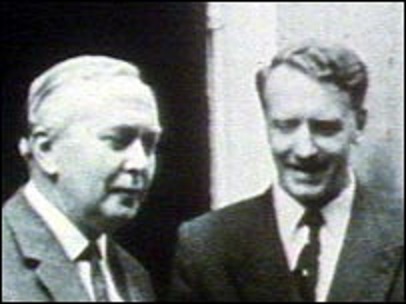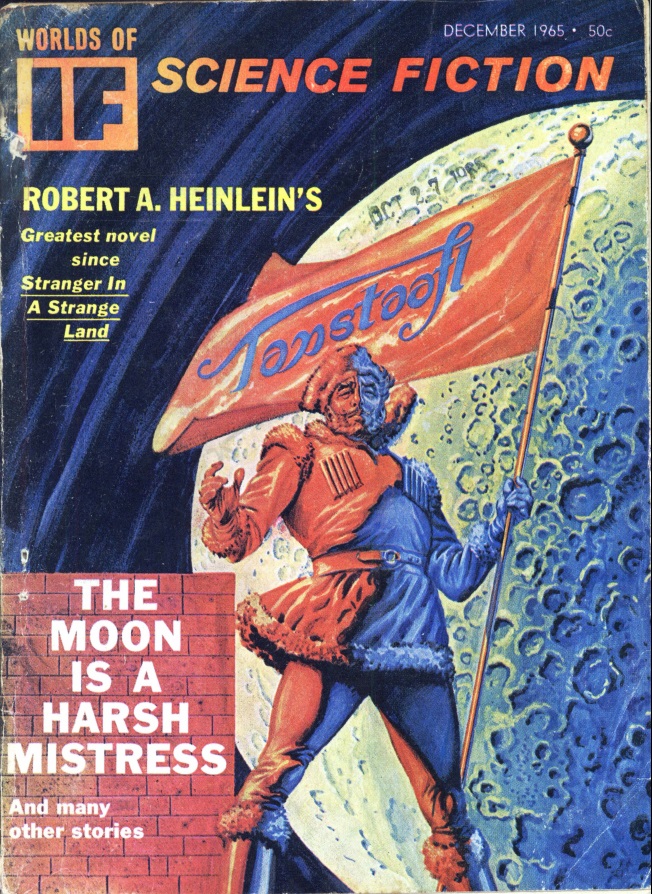
by David Levinson
Dodging the issue
Conscription has been part of American military planning for a little over a century, and it’s never been popular. From the draft riots of the Civil War to young men burning their draft cards today, there has always been resistance. During the Civil War, wealthy men could hire substitutes to go in their stead, and during the First World War, selection was done by local draft boards, which were subject to local pressure and tended to draft the poor. The interwar period saw the introduction of the lottery system in an effort to overcome the inequities of the past, and, with a brief return to local draft boards during World War Two, it has persisted to today.
On January 6th, the Student Nonviolent Coordinating Committee became the first Black civil rights organization to come out against the draft, citing the lack of freedom at home for so many and the fact that Blacks are over-represented. This statement gave the Georgia House of Representatives an excuse to refuse seating the newly elected Julian Bond. Mr. Bond is one of the founders of the SNCC and endorsed the statement issued by the group. He is probably also the most visible of the eleven Black men recently elected to the Georgia House. The claim was that by endorsing the opposition to the war and the draft, he could not swear to uphold the constitution of the United States.
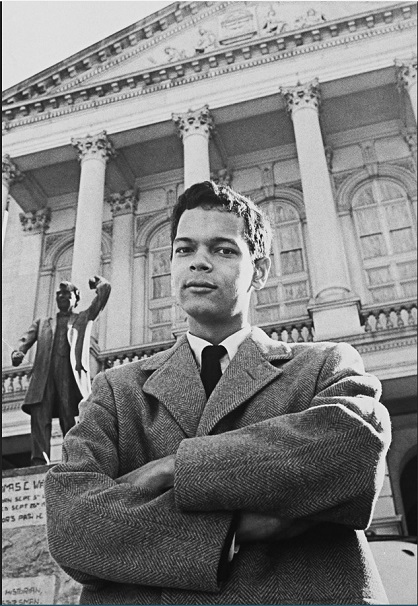
Julian Bond outside the Georgia House. What possible objection could they have to him?
A long tradition
It is timely that, amid the draft protest furor, January 27th saw the death of Grover Cleveland Bergdoll, once known as America’s most notorious draft dodger (or 'slacker' as they were called during and after WWI). The scion of a wealthy Philadelphia brewing family, he enjoyed a playboy lifestyle before the war. He drove race cars and was one of the first people to learn to fly, even owning a Wright Model B. He registered for the draft, but failed to appear for a physical and was declared a deserter. He managed to stay on the run for two years, but was finally arrested in 1920 in his family home, with his mother waving a gun and threatening the authorities. Sentenced to five years, Bergdoll was released under guard to recover an alleged cache of gold, but he escaped and eventually made his way to Germany. There were two attempts to kidnap him, both ending disastrously for the would-be kidnappers. He married a German woman and settled down, though he made two extended trips back to America. He returned to the States for good with his family in 1939. Sentenced to serve the rest of his original term and an additional three years, he left prison in 1944 and moved to Virginia. He died of pneumonia, aged 72. He is survived by his ex-wife and eight children.
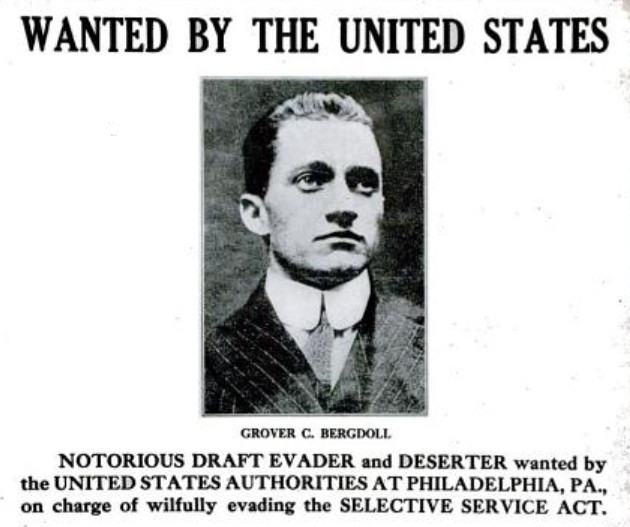
Bergdoll’s original wanted poster.
The issue at hand
In the theme of this heightened era of military involvement (and lack thereof) this month’s IF plays host to several seasoned veterans, as well as the monthly new recruit. The stories range in quality from 1-A to not quite 4-F. The cover is even given to a story about a draft dodger, though one not one tenth as interesting as Grover Bergdoll.
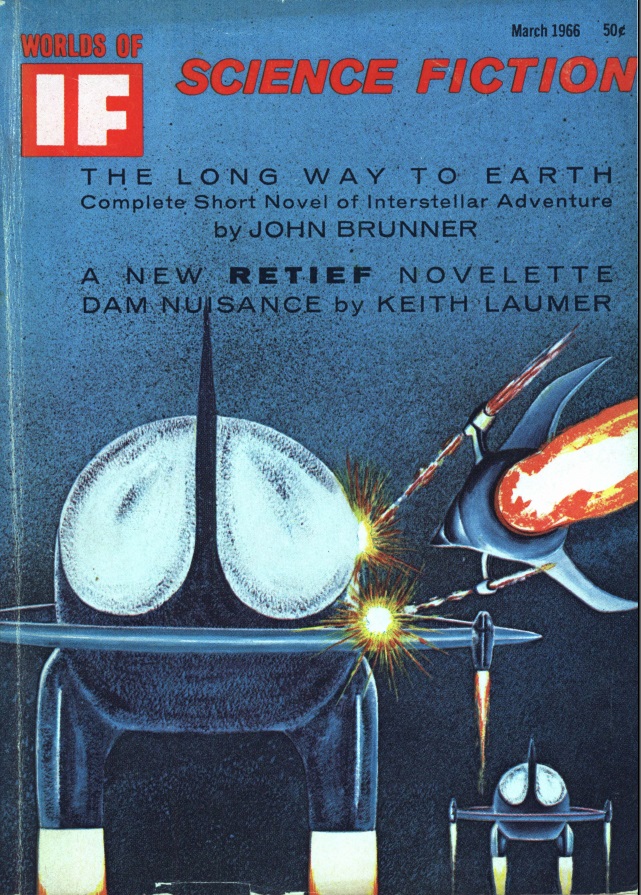
A drab cover for a drab story. Art by Hector Castellon
Continue reading [February 8, 1966] Feeling A Draft (March 1966 IF) →

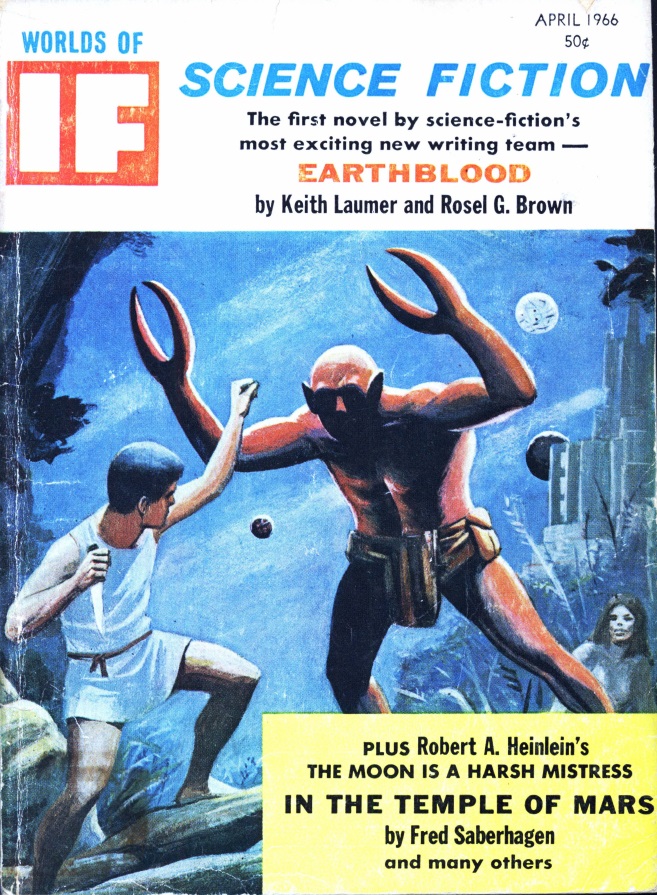

![[March 2, 1966] Words and Pictures (April 1966 <i>IF</i>)](https://galacticjourney.org/wp-content/uploads/2021/02/IF-1966-03-Cover-1-657x372.jpg)
![[February 8, 1966] Feeling A Draft (March 1966 <i>IF</i>)](https://galacticjourney.org/wp-content/uploads/2021/02/IF-1966-03-Cover-641x372.jpg)



![[January 4, 1966] Keep Watching the Skies (February 1966 <i>IF</i>)](https://galacticjourney.org/wp-content/uploads/2020/12/IF-Cover-1966-02-652x372.jpg)


![[December 2, 1965] Superiority Complex (January 1966 <i>IF</i>)](https://galacticjourney.org/wp-content/uploads/2020/11/IF-1966-01-Cover-646x372.jpg)


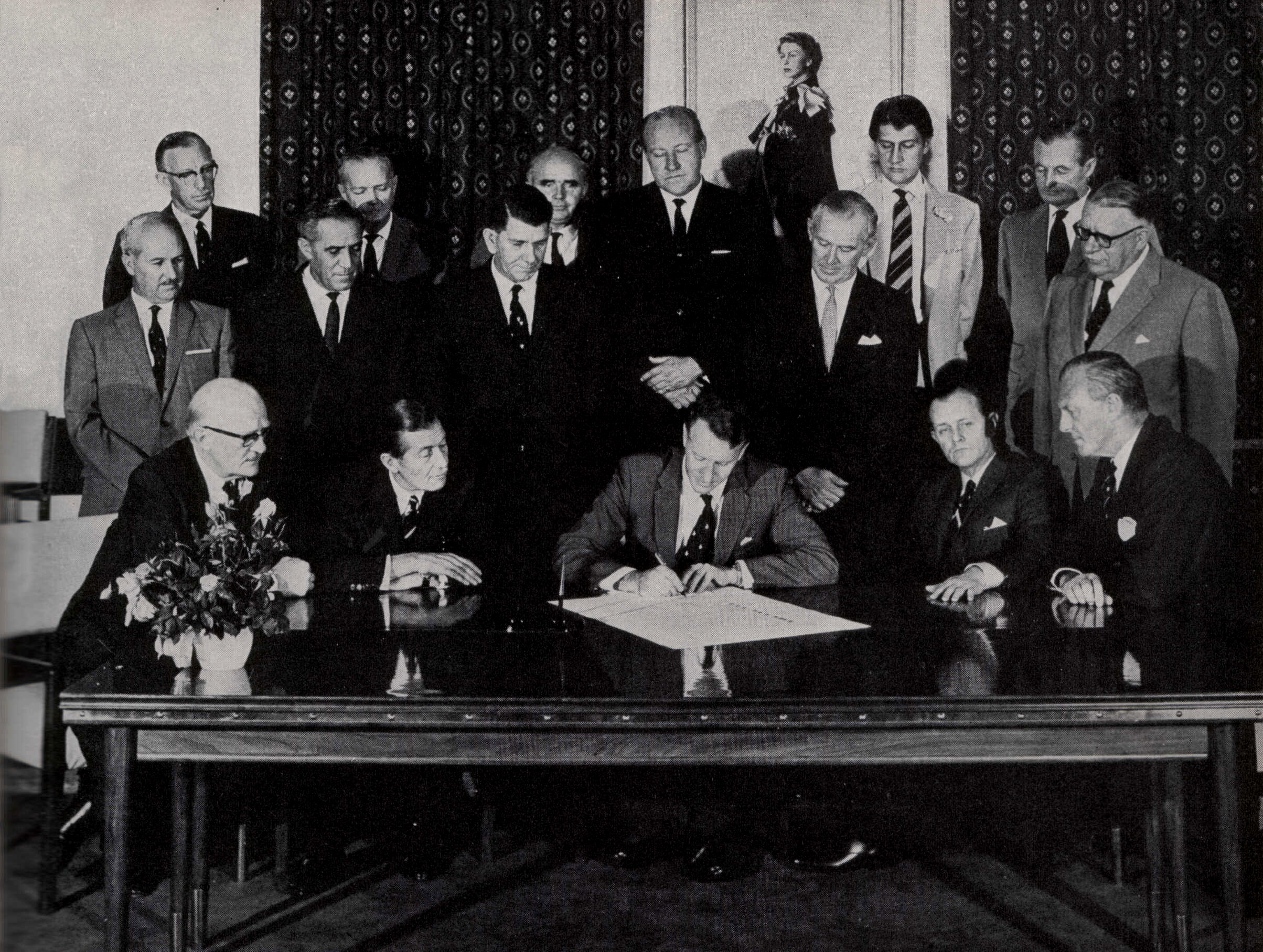

![[November 2, 1965] Revolution! (December 1965 <i>IF</i>)](https://galacticjourney.org/wp-content/uploads/2020/10/IF-1965-12-Cover-652x372.jpg)
